How you can Get (A) Fabulous Proxy Sites On A Tight Finances
페이지 정보
작성자 Penni 댓글 0건 조회 5회 작성일 24-02-14 13:41본문
The term "proxy" is a reference to a proxy or proxy server is a software that functions as mediator between client and server over the internet. Without the need for proxy servers, users could send a request to the resource directly to a server, and then the server would deliver an answer directly for the requester. Although this method is easy to comprehend and implement using proxies, it can provide advantages in terms of improved performance, privacy, security, and much more. As an additional layer of pass-through a proxy serves as a security safeguard for the internet between clients and servers.
It is generally accepted that the combined combination of server hardware and proxy software is commonly referred to as proxy servers. This article will concentrate on proxies which are usually described as software as when referring to web servers. The article will provide an explanation of the two types: that is a forward proxy and reverse proxy. reverse proxy. Each kind has its own unique usage scenario, which is often misunderstood due to the similar namesake convention.
This article will provide you with the understanding of what subtypes and proxies can do and how they can do in the commonly used configurations. After reading this article, it will be able to identify the instances where the use of proxies is advantageous, and then choose the best choice between forward and reverse proxy in any given situation.
Understanding Forward Proxies
Forward proxy sometimes known in the context of open proxy. An open proxy is an agent used by users who are looking to transmit an online request to a server. In this instance, the entire effort to send requests from the client will instead be sent through this forward proxy. The forward proxy, acting on behalf of the client, will scrutinize the request. It will first determine if it is legal for the user to make requests via this particular forward proxy. It will then reject requests or redirect it to the original server. The client doesn't have a direct connection to the internet. It has access to only what forward proxy allows it to access.
The most common reason for using forward proxy is the need for greater privacy or security on the internet. The forward proxy is connected to the internet, not the client and, in this manner, it utilizes an IP address distinct from the IP address used by the user.
Based on the way it is configured, the forward proxy can provide various functions based on how it is configured that allows you to:
Beware of ads-trackers.
Circumvent surveillance.
Find restrictions that are based on your location.
Forward proxies are also used in systems that provide security centrally and access based on permissions, for instance, in workplaces. If all internet traffic is routed through an open forward proxy, an administrator can restrict access only to a select group of clients accessing the internet, which is then filtered by a standard firewall. Instead of setting up firewalls for this layer of clients that may include multiple devices with different settings and users, the firewall can be set up at the layer that forwards proxy data.
Be aware that forward proxy servers must be manually set up for use, and reverse proxies may be ignored from the clients. Based on the type of the IP address that the user's IP address, the server from which it originated by the forward proxy privacy and anonymity may be granted or kept in the dark.
There are many possibilities to consider when it comes to forward proxy choices:
Apache is a well-known open-source web server that provides forward proxy capabilities.
Nginx is another well-known open-source web server with forward proxy capabilities.
Squid is an open source forward proxy that utilizes an HTTP protocol. It doesn't come with the complete Web server. There is a video tutorial on how to set up Squid proxy to permit private connections within Ubuntu 20.04.
Dante Forward proxy that utilizes the SOCKS protocol instead of HTTP which makes it more suitable for situations such as peer-to-peer communication. You can also understand how to set up Dante proxy to allow private connections on Ubuntu 20.04
Understanding Reverse Proxies
Reverse proxy is acting as an agent on behalf of a web server that handles requests from clients on behalf of. The web server could be a single server or multiple servers. It may also act for application servers for instance Gunicorn. The request will come via the internet in general. In most cases, the request will be transmitted straight to the webserver hosting the content that the user is looking for. A reverse proxy functions as an intermediary, detaching this webserver from direct connections with the internet's open.
From the point of view of a user the experience of using reverse proxy is not different than interacting with your webserver directly. It's essentially the same but the client cannot recognize the difference. The client makes an inquiry for an item and gets it, without extra configuration for the customer.
Reverse proxy providers provide features like:
Security centralized for web servers.
The direction of traffic incoming based on rules that you can set up.
The caching function was added to the application.
While central security is a benefit of both forward and reverse proxy servers. However, reverse proxy services provide this benefit only to the server layer, not to the layer of clients. instead of the maintenance of firewalls that are on the layer of web servers that may contain multiple servers with various configurations, the majority of firewall security is centered in the reverse proxy layer. Additionally, removing the burden of dealing with firewalls and interacting with requests from clients who do not have web servers lets them focus on meeting the requirements of their customers.
If there are multiple servers running as a reverse proxy, the reverse proxy is also responsible for the direction of the requests directed to which servers. There could be multiple web servers offering the identical service, however each offering different kinds of resources or a mixture of both. They can use an HTTP protocol to function as a standard web server, however they may also be equipped with protocols for application servers like FastCGI. There is the possibility to create a reverse proxy that redirects users to certain servers according to the requested resource, or adhere to certain rules regarding the amount of traffic.
Reverse proxies also benefit from their location above web servers, by providing the capability to store data. Large static assets can be configured with caching rules to avoid the web server from being hit with each request. Some solutions allowing the delivery of static files directly, without having to connect to the servers in any manner. Additionally, reverse proxy is able to compress these files.
The popular Nginx web server can also function as a very popular reverse proxy option. Although Apache can also be regarded as a reverse proxy service however, it is not a reverse proxy solution. Apache web server has a reverse proxy capability as an additional option to Apache while Nginx was originally designed and focused on the reverse proxy feature.
Distinguishing Forward and Reverse Proxy Use Examples
Since "forward" and "reverse" are often associated with a sense of directionality, and false comparisons with "incoming" and "outgoing" traffic can be confusing because both kinds of proxy servers handle requests and responses. The best way to differentiate between reverse and forward proxy is to consider the requirements of the app that you're constructing.
Reverse proxy is helpful in the design of a solution to provide web-based applications over the internet. They are your web servers whenever you use the internet.
Forward proxy is useful when placed before clients for personal use, or even in a working environment. Forward proxy is a representation of your client's traffic when you use the internet.
The use case-based differentiation instead of using commonly used naming conventions can assist in avoidance of confusion.
Conclusion
The article delineated the meaning of a proxy by comparing the two types of proxy: the forward proxy as well as the reverse one. Practical examples of use and a discussion of most useful features were utilized to differentiate between forward and reverse proxy. If you're interested to learn more about the benefits of proxy servers, you can read our tutorial on how to set up Nginx as an internet proxy and reverse proxy for Apache using an Ubuntu 20.04 server.
If you liked this article therefore you would like to receive more info concerning Proxy Sites (https://pub37.bravenet.com/forum/static/show.php?usernum=3172289350&frmid=10&msgid=1497028&cmd=show) nicely visit the site.
댓글목록
등록된 댓글이 없습니다.
























